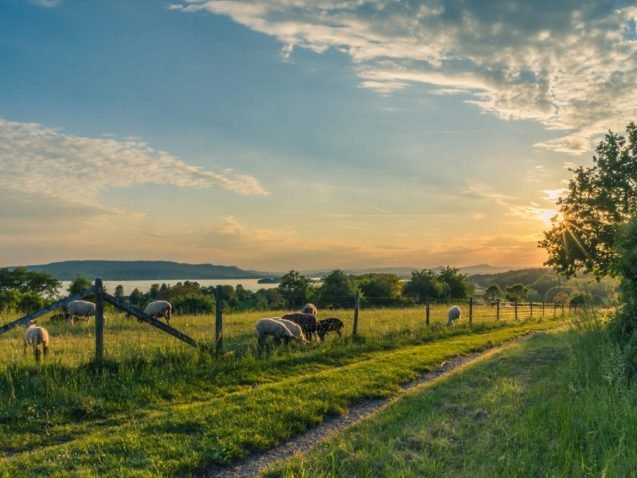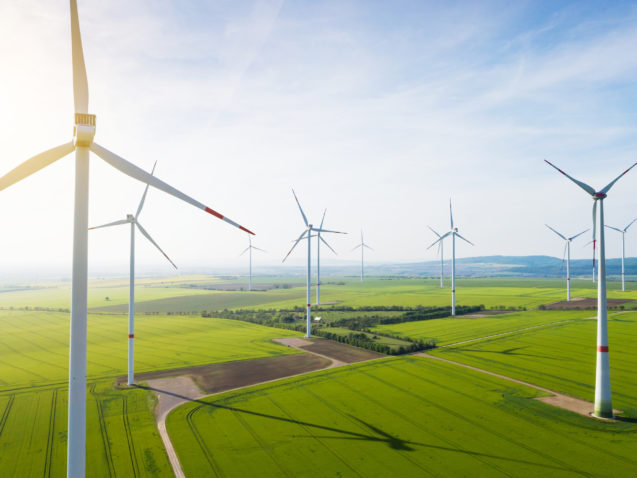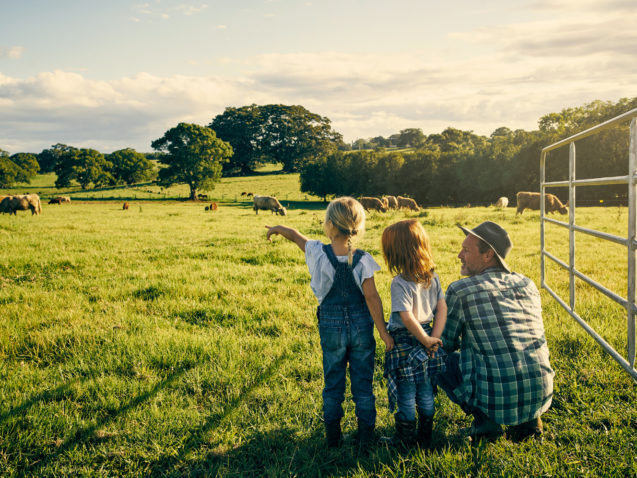If anyone was still in doubt about the effects climate change could bring upon us, one need only look back a few months, to the dry scorching summer experienced across much of Europe. These effects are felt first-hand by our farmers across the EU. For the food industry, this means putting at risk the very raw materials that we need to sustain our businesses.
Within the EU Green Deal agenda, the European Union initiatives to help make the EU Agrifood sector more sustainable are plentiful. Among the actors within the Agrifood sector too, many companies are developing their portfolio of sustainability initiatives, to help do their part.
European starch producers are no exception. In fact, we pride ourselves in being somewhat of a first mover, as a sector.
Over 20 Years of Transparency and Action
Starch Europe (then AAF) conducted its first Lifecycle Assessment (LCA) Study in 2001, as one of the first sectors to do so. We have continued to update and repeat – and deepen and broaden – this LCA exercise at regular intervals since then.
Earlier this year, we published the results of our most recent sector-wide LCA Study, which showed an overall reduction of 19% in GHG emissions per tonne of starch, between 2009 and 2019.
Just a few weeks ago, after many months of collaborative work from experts across our membership, we have launched our Decarbonisation Roadmap 2019-2030. With this, we are targeting a 25% reduction in our GHG emissions per tonne (Scope 1 and Scope 2), as a sector, between 2019 and 2030, and are further committing to reporting on the results through a full sector-wide LCA study in 2031. You can read all about it here:
This sector-level commitment is the first of its kind within the Agrifood industry.
Helping to make our customers more sustainable
This reduction commitment is not an easy target to achieve. Many of our ingredients actually play a crucial role in helping our customers become more sustainable. Paper & Cardboard, for one, cannot be recycled without starch; starch-based ingredients are also key drivers in the EU bioeconomy, serving as substitutes for fossil-based materials in a number of applications such as bioplastics and biodetergents; our plant-based proteins provide an important alternative for animal proteins, and our fibres help narrow the fibre-gap in European diets, while overall, many of our ingredients help extend shelf-life and thus reduce food waste in many food and drink products.
Producing more starch means increasing sustainability across the EU.
The Way Forward
So where do we go from here? Well, our Roadmap lays out a number of ways forward for starch producers, but crucially also details the support needed to help them get there.
The demonstration of green technologies to reduce risk will be an important enabling factor, as will the development and diffusion of innovations and technologies through R&D tax credits, funding of research, for example via Horizon Europe, as well as investments and incentives for early market adoption including via the EU Innovation Fund.
Support to allow for the decarbonisation of fuels, and public investment in infrastructure will also be essential. To allow decarbonisation by switching from high-carbon fuels to low-carbon electricity, the decarbonisation of the electricity grid (especially for EU countries with coal-heavy grids) will be necessary, as will an expansion of existing electricity grids.
The road remains long, but it is one we are determined to take. We hope and look forward to taking it together with friends, both up and down the supply chain and in EU institutions and Member States, to help us all ensure that we reach the important and ambitious climate goals ahead of us.






